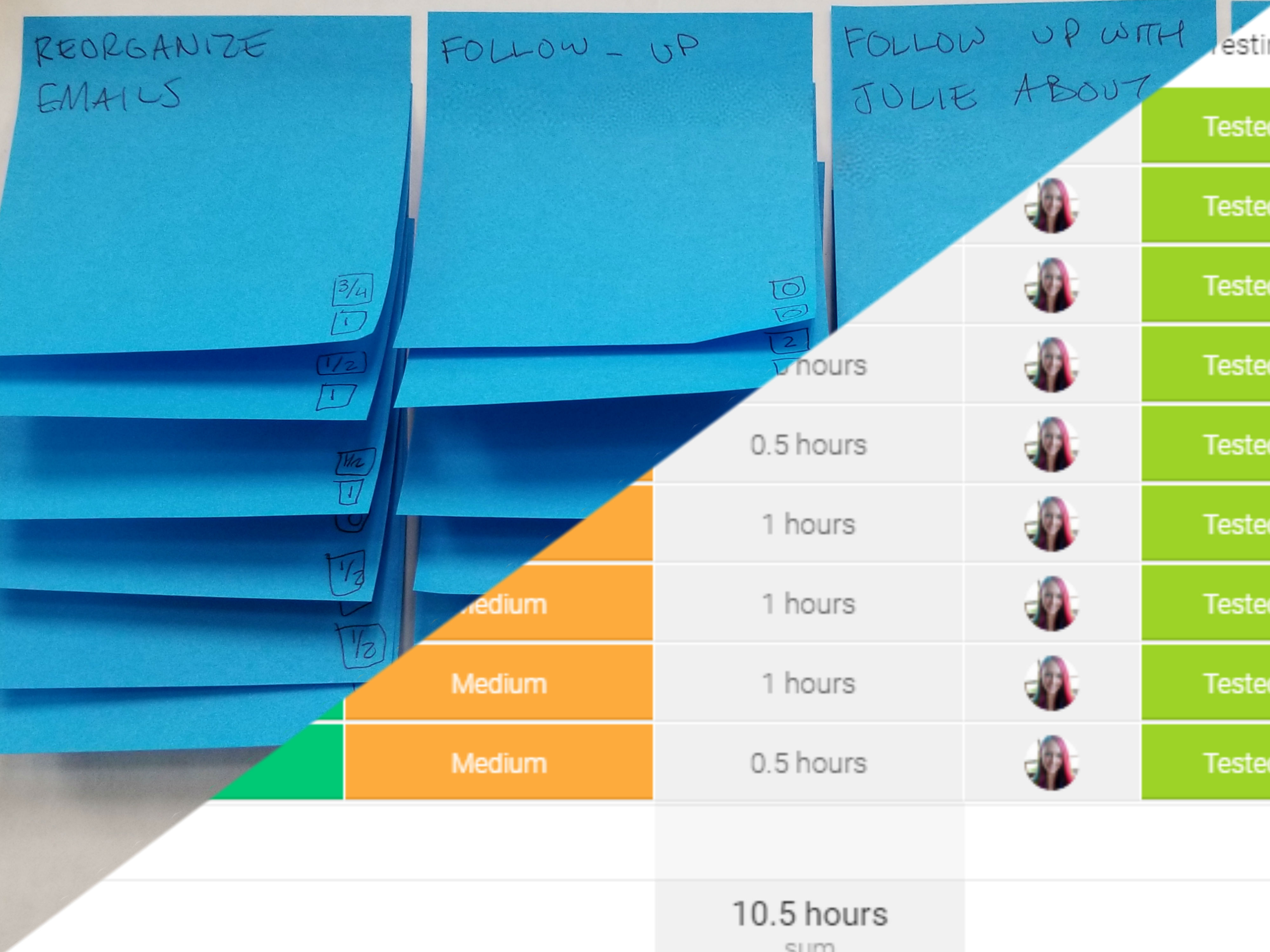THE NOVIQU BLOG
Why you should digitize your training process

Training must be done, and hopefully is already getting done in your facility. But how do you make it efficient, track it, schedule it, and keep employees engaged? Excel spreadsheets? Binders? That’s a good start, but it doesn’t give you the best insight into your workforce. Noviqu thinks you should go digital.
Why Go Digital?
Chances are, a lot of things in your facility are already digital, from productivity and performance metrics to time cards. Employees prefer digital, especially when it’s something they need to have high visibility on, and a lot of managers appreciate having employee information at their fingertips.
You probably don’t need us to tell you why digital is best, but what does it actually look like? That’s where e-learning content management systems (like Noviqu!) can help make training easy to do and easy to manage.
Gather Information All In One Place
There’s nothing worse than having multiple, separate systems, especially for things that employees are required to do, like training. You might want to consider an e-learning content management system to help keep things all in one place.
E-learning content management systems allow you to manage all your necessary training modules in one place, whether it’s mandatory annual safety training or equipment-specific training. Keeping everything together makes it easier for employees to complete training and keep track of their progress. Plus, keeping it together sends the message that management is also dedicated to making training as convenient as possible!
Track It
Instead of having to keep track of training binders or completion certificates, using a content management system like Noviqu allows you to not only track progress, but customize training content to each employee. Different job functions have different training requirements, so you can digitally and easily assign content specific to those functions.
This also allows management to track individual employee progress and gain valuable insights into multiple training modules. If employees seem to all get hung up on a specific training, you can step in and address the issue more quickly.
Reducing the number of steps employees have to take to submit completion certificates will also decrease the down time required for training, as well as reduce administrative costs. Once workers have completed their training, completion is automatically logged with a time and date stamp, so everyone knows exactly what was completed and when.
Schedule It
Management is responsible for empowering employees, so keeping training on a clear schedule ensures workers are informed and know what is expected of them. In a content management system, training can be scheduled based on your requirements, and can also be placed back into their training queue when it comes time to do it again.
Making it easy and visible keeps completion rates high and takes some of the pain out of training! The goal is to learn, not to worry about keeping track of certificates and schedules.
Improve Knowledge Retention
Spending valuable time and money on training can all go to waste if employees don’t retain what they learned. An e-learning content management system can help employees keep important skills sharp with microlearning, which presents bite-sized learning units on specific topics. This can be in the form of a weekly training module, or even could be as simple as one question a day that employees can answer when they start their work day.
Of course, most workers would appreciate monetary incentives, so instituting programs which reward employees with money or paid time off for consistently maintaining preventive maintenance schedules can go a long way.
In the past, posters with important information may have been effective, but asking a new question every day keeps employees engaged. Frequent quizzes, especially low-stakes quizzes, are proven to help knowledge retention. Of course, microlearning is not meant to completely replace formal training, but it can help reinforce concepts learned previously.
Digitizing your facility’s training program will keep employees empowered, engaged, and informed. It’s never too late to learn, and keeping everything in one place makes training easier on both management and workers. An agile, versatile workforce makes for a productive facility!
More

Posted on 6/20/2018 by Anna Haney
Going from Paper to Digital: The Noviqu Story

Posted on 02/02/2022 by Chad Haney
We attended the International Production and Processing Expo; Here are our Thoughts

Posted on 03/30/2021 by Anna Haney